URBAN EXPLORERS: Pictures reveal rarely seen rooms at St Joseph's in Preston
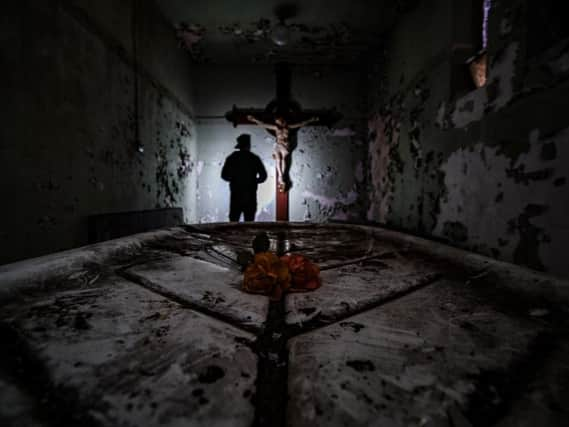

Dan Dixon, has spent 15 years roaming abandoned and derelict buildings across the north west in a bid to bring their hidden histories back to life for thousands of people.
And in his latest exploration he has captured a rarely seen morgue behind the closed doors of St Joseph's Orphanage on Theatre Street in the city centre.
Advertisement
Hide AdAdvertisement
Hide AdThe orphanage was opened in 1872 following a gift from wealthy widow Maria Holland and a hospital for the "Sick Poor" was opened in an adjacent building five years later.
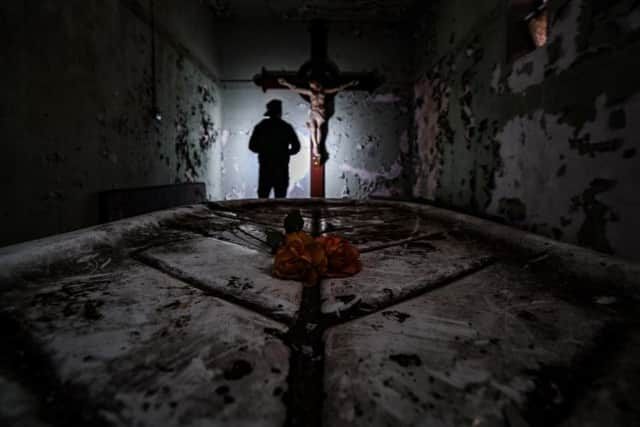

It was used as a private care home for the elderly and was called Mount Street Nursing Home until it finally closed its doors in 2003.
Dan said: "It is a place I have always avoided because I heard stories about it being haunted and dangerous.
"But I also heard rumours about a completely untouched morgue.
Advertisement
Hide AdAdvertisement
Hide Ad"How this room had escaped after so much destruction and decay was a mystery to me so I had to go and see for myself.


"I went in and after a look around the building I located the morgue complete with a 9ft crucifix and a porcelain table - it was really quite shocking to find them so intact.
"I spent around an hour in that one room just looking at everything in there.
"The detail was incredible - the drying paint that was flaking off the walls, the crucifix, bags of clinical waste."
Advertisement
Hide AdAdvertisement
Hide AdThe 30 year-old explorer and father of three now makes a living from his YouTube channel by sharing details of his exploits with around 35,000 subscribers.
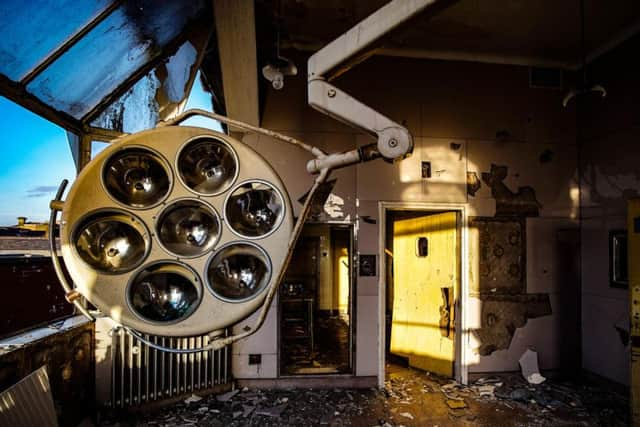

He has been named creator on the rise by YouTube and is approaching 100 episodes on his Exploring with Fighters channel.
But it's not a life without risks the former Walton-le-Dale student has revealed.
"St Joseph's is by far the most dangerous place I have been in.
Advertisement
Hide AdAdvertisement
Hide Ad"I went into the building and found a tank that had fallen from the attic through three floors and landed in the basement - it is a really unstable building.
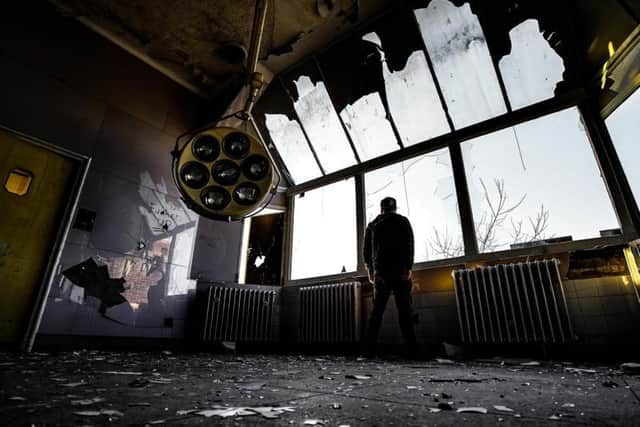

"The lift shaft was also completely open.
"I have got my wits about me when I go into these places - I've not had any injuries while doing this so far, but it's always a risk.
"But so many people walk past these buildings and have no idea what is inside.
"I get a mixed reaction from my audience. There are some people who say that I'm trespassing, but most find it really interesting.
Advertisement
Hide AdAdvertisement
Hide Ad"I have a lot of older people on my channel who want to see how places have changed and what they are like now.
"There's an element of me that wants to save these places - they're so beautiful and ornate.
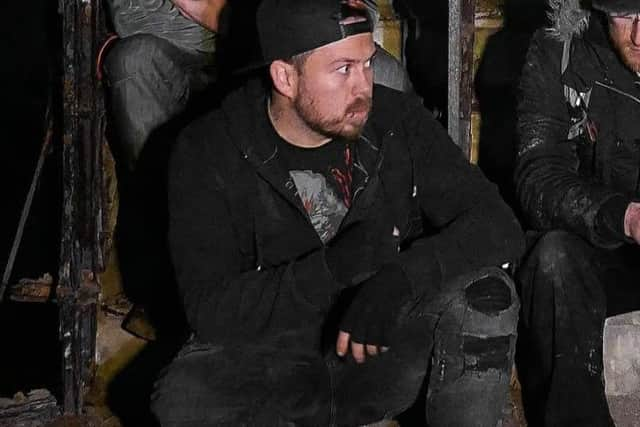

"I think some people would rather they fell down but I think that would be a shame.
"Filming and photographing these structures and sharing them with the world is one way of protecting them."
Advertisement
Hide AdAdvertisement
Hide AdUrban explorers who explore without the express permission of the landowners are guilty of trespass which is a civil and not criminal offence.
The life of St Joseph's Orphanage
St Joseph’s Orphanage was opened in 1872 on the site of an ancient alms house, and St Joseph’s Hospital for the Sick Poor followed five years later.
They were built by wealthy widow Maria Holland, who gave £10,000 at a time when Preston had one of the worst mortality rates in the country, due to poor housing and low-paid mill workers.
St Joseph’s Orphanage cared for 971 children before it closed in 1954. Run by the Sisters of Charity of Our Lady Mother of Mercy, the orphanage was the first welfare provider for Roman Catholic girls in Preston, taking in up to 60 youngsters at a time in two dormitories.
Advertisement
Hide AdAdvertisement
Hide AdAfter its closure, the top floor of the orphanage continued to serve as accommodation for the nuns who worked in St Joseph’s Hospital, known locally as Mount Street Hospital.
The hospital held collections to help pay for health care for poor patients.
During the First and Second World Wars, they tended injured soldiers and, over the years, tens of thousands of babies were born at the hospital’s maternity unit.
Legendary performer George Formby died at the hospital following a heart attack on March 6, 1961.
The hospital closed when the last sisters left nursing in 1982. It became a private care home in 1988, which eventually closed down in 2003.